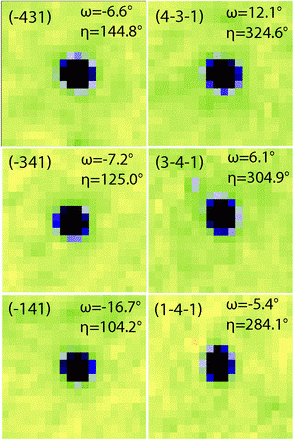An ultradense hydrous phase as a candidate for water storage in the lower mantle
Recent discoveries of several stable dense hydrous minerals at high pressure–temperature conditions have led to an important implication of a massive water reservoir in the Earth’s lower mantle. A research team used HPCAT facility and demonstrated that (Fe,Al)OOH can be stabilized in a hexagonal lattice at 107–136 GPa and 2,400 K. By combining powder X-ray-diffraction techniques with multigrain indexation, the team has determined this hexagonal hydrous phase with a = 10.5803(6) Å and c = 2.5897(3) Å at 110 GPa, which is stable under the deep lower mantle conditions and can transform to the cubic pyrite structure at low T with the same density. The hexagonal phase can be produced when δ-AlOOH in the subducting slabs incorporates FeOOH under the deep lower mantle conditions. Subducting along with the continuous slab penetration, the hexagonal phase might accumulate at the bottom of the lower mantle due to its ultrahigh density. As a result, there could be a substantial quantity of water in the deep lower mantle. More in L. Zhang et al, Proc. Nat. Acad. Sci. 115, 12, 2908-2911

